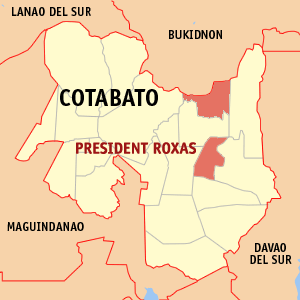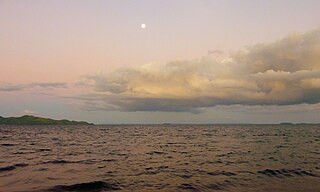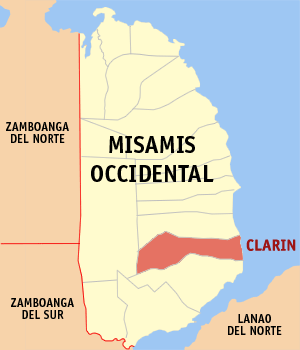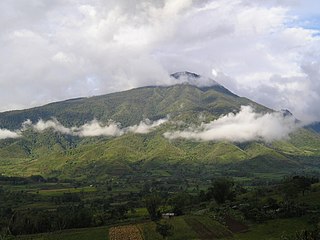
Tagoloan, officially the Municipality of Tagoloan and also known as Tagoloan II, is a 4th class municipality in the province of Lanao del Sur, Philippines. According to the 2020 census, it has a population of 12,602 people.

Wao officially the Municipality of Wao, is a 2nd class municipality in the province of Lanao del Sur, Philippines. According to the 2020 census, it has a population of 50,366 people. Wao is the only Christian-majority municipality of its province.

President Roxas, officially the Municipality of President Roxas, is a 1st class municipality in the province of Cotabato, Philippines. According to the 2020 census, it has a population of 52,512 people.

Placer, officially the Municipality of Placer, is a 4th class municipality in the province of Surigao del Norte, Philippines. According to the 2020 census, it has a population of 29,616 people.

Valencia, officially the City of Valencia, is a 1st class component city in the province of Bukidnon, Philippines. According to the 2020 census, it has a population of 216,546 people.

Dangcagan, officially the Municipality of Dangcagan, is a 3rd class municipality in the province of Bukidnon, Philippines. According to the 2020 census, it has a population of 26,076 people, making it the least populated municipality in the province.

Impasugong, officially the Municipality of Impasugong, is a 1st class municipality in the province of Bukidnon, Philippines. According to the 2020 census, it has a population of 53,863 people.

Kibawe, officially the Municipality of Kibawe, is a 2nd class municipality in the province of Bukidnon, Philippines. According to the 2020 census, it has a population of 41,897 people.

Kitaotao, officially the Municipality of Kitaotao, is a 1st class municipality in the province of Bukidnon, Philippines. According to the 2020 census, it has a population of 53,796 people.

Libona, officially the Municipality of Libona, is a 1st class municipality in the province of Bukidnon, Philippines. According to the 2020 census, it has a population of 48,965 people.

Manolo Fortich, officially the Municipality of Manolo Fortich, is a 1st class municipality in the province of Bukidnon, Philippines. According to the 2020 census, it has a population of 113,200 people.

Pangantucan, officially the Municipality of Pangantucan, is a 1st class municipality in the province of Bukidnon, Philippines. According to the 2020 census, it has a population of 56,580 people.

Quezon, officially the Municipality of Quezon, is a 1st class municipality in the province of Bukidnon, Philippines. According to the 2020 census, it has a population of 109,624 people.

San Fernando, officially the Municipality of San Fernando, is a 1st class municipality in the province of Bukidnon, Philippines. According to the 2020 census, it has a population of 63,045 people.

Talakag, officially the Municipality of Talakag, is a 1st class municipality in the province of Bukidnon, Philippines. According to the 2020 census, it has a population of 77,027 people.

Clarin, officially the Municipality of Clarin, is a 4th class municipality in the province of Misamis Occidental, Philippines. According to the 2020 census, it has a population of 39,356 people. Source: "clarinmisocc.gov.ph"

Magsaysay, officially the Municipality of Magsaysay, is a 3rd class municipality in the province of Davao del Sur, Philippines. According to the 2020 census, it has a population of 56,263 people.

Magsaysay, officially the Municipality of Magsaysay, is a 5th class municipality in the province of Lanao del Norte, Philippines. According to the 2020 census, it has a population of 20,463 people.

Claveria, officially the Municipality of Claveria, is a 1st class municipality in the province of Misamis Oriental, Philippines. According to the 2020 census, it has a population of 52,478 people.

Villanueva, officially the Municipality of Villanueva, is a 2nd class municipality in the province of Misamis Oriental, Philippines. According to the 2020 census, it has a population of 40,419 people.
























